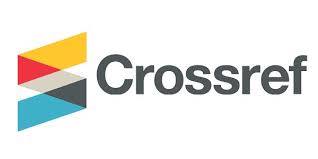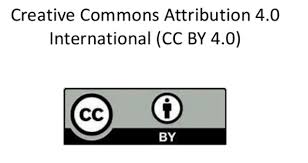A Time Series Analysis for Supply Response Scenario of Food Grains in Bangladesh: The Quest of Structural Changes
DOI:
https://doi.org/10.47440/JAFE.2020.1302Keywords:
Growth rate, Structural break, Supply response function, Time series analysis, AutocorrelationAbstract
Using time-series data, we examined the structural stability and supply response scenario of cereal food production for the last five decades. Analyzes revealed that growth in the area for Aus, Aman, and Boro rice slowed in the period 1971/72-1983/84, but surprisingly the production growth accelerated due to amazing technological advancements and the implementation of government subsidies on complementary inputs. Applying the Nerlovian supply response model, the result showed that, lagged area for Aus, Boro, and wheat was positive and significant, implying that the preceding year area under Aus, Boro, and wheat had a significant influence on land allocation for the following year. The lagged relative yield of Boro and Aus turned out positive implying that in Boro season farmers took into consideration the lagged relative yield of Boro vis-a-vis wheat in the allocation of land for Boro rice and wheat cultivation. The negative price risk variable further implied farmers’ risk aversion response towards price fluctuation. The yield risk variable was found negative for Boro and wheat, implying that this factor did not influence the cultivation of these two crops. Meanwhile, although Bangladesh achieved marginally food security, government and policymakers should focus on stabilizing the market price at harvest time to realize sustainable food security in the future, and researchers should prioritize breaking the yield ceiling as well as developing different stress-tolerant varieties. In the same way, steps should be taken through public and private partnerships to disseminate different crop varieties so that productivity could be enhanced at the desired level.






 Publisher:
Publisher: 